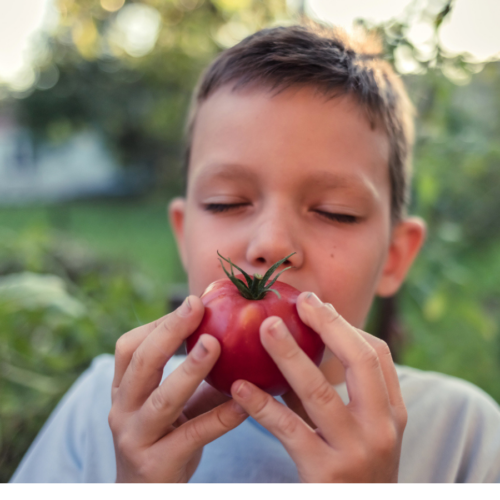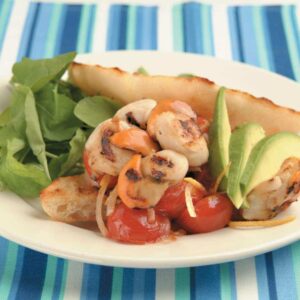
How do I interpret the weight on a pasta pack?
Q: "I have always wondered: when a nutrition panel on a packet of pasta (or rice) or a recipe that includes them gives a weighted amount, how do I know if it is referring to a dry weight or a cooked weight? Are manufacturers and recipes consistent either way? I've never been sure and of course this makes a huge difference to what a correct 'serving size' is and the balance of a recipe."
Jill
A: Kristen Corselius White responds:
"I took a quick survey of the pastas and rice in my supermarket in search of some label consistency, but found none. Unless the nutrition panel explicitly states something like 'as cooked' or 'when prepared as directed', you need to work it out yourself. Fortunately, there is an easy way to do this. Look at the 100g column of the nutrition panel and the percentage of carbohydrate.
Typically, the nutrition panel will indicate that dry pasta or rice has about 75-80g per 100g of carbohydrate or, 75-80%. If the label refers to cooked weight, the carbohydrate will be around 25-30% (25-30g per 100g). Grams of carbohydrate vary slightly depending on the type of pasta or rice, but not enough to account for the difference between dried and cooked (roughly 50g). Pasta and rice absorb water while cooking. As a result, total carbohydrate content per weight goes down.
Well-written recipes accurately describe ingredients (eg cooked or uncooked pasta or rice). Look carefully at the wording. A recipe that calls for '2 cups cooked long grain rice' means measure the rice after cooking. On the other hand, '2 cups rice, cooked' indicates 2 cups of raw rice measured, then cooked. If in doubt, look closely at the recipe steps. This should make things clear. If not, consider a new recipe!"
www.healthyfood.com










